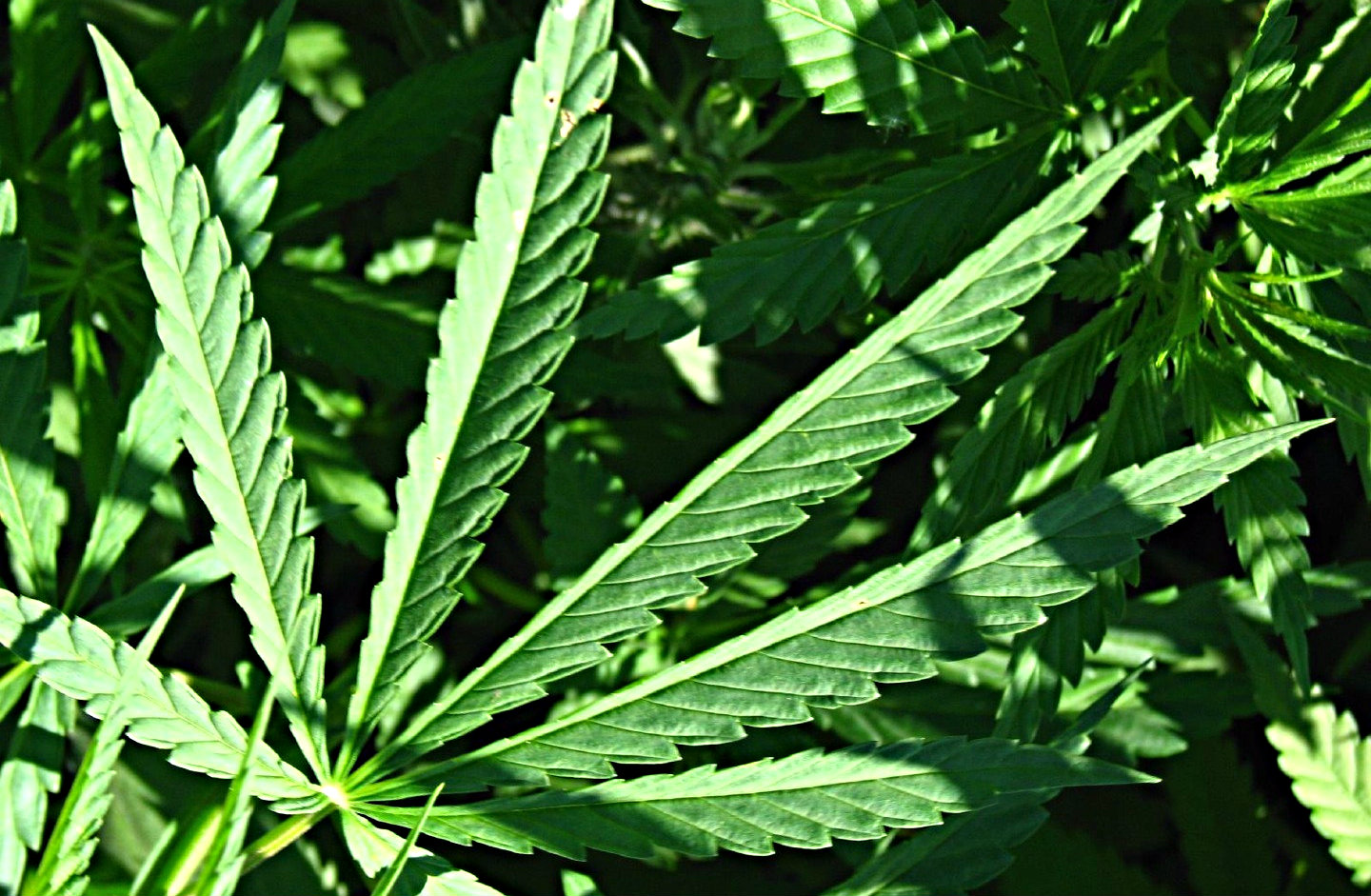Survey finds teens unaware they are vaping nicotine
“Many of our participants were unaware of the nicotine content of the e-cigarette products they were using,” said researcher Dr. Rachel Boykan.
Article via UPI.com
As e-cigarette use soars in high schools across America, new research shows many people don’t understand the amount of addictive nicotine they’re inhaling with every puff.
In a new survey, many teens said they regularly used e-cigarettes, but swore they only vaped nicotine-free products.
However, urine tests for a “marker” of nicotine use came up positive 40 percent of the time in this same group of vapers, the researchers reported.
“Many of our participants were unaware of the nicotine content of the e-cigarette products they were using,” concluded a team led by Dr. Rachel Boykan, a pediatrics researcher at Stony Brook University in Stony Brook, N.Y.
That could mean even more lifelong nicotine addictions arising in the young, including many who already believe vaping to be “harmless” compared to traditional smoking, experts said.
Patricia Folan directs the Center for Tobacco Control at Northwell Health in Great Neck, N.Y. She said, “Other studies have revealed that one of the main reasons adolescents use e-cigarettes is that they perceive them to be less harmful than combustible cigarettes — without full knowledge of their actual contents.”
But the new study “shows that many of the participating youth were unaware of the nicotine content in their vaping devices,” Folan said.
The study findings were published online April 22 in the journal Pediatrics.
As Boykan’s group noted, about one in five high school students now say they’ve used an e-cigarette at least once over the past month, and in just the 12 months between 2017 and 2018, teen vaping rates soared 78 percent.
But do young people even understand the addictive dangers of nicotine-laden vaping products such as Juul vape “pods”?
To find out, the Stony Brook team first had 517 people, aged 12 to 21, complete questionnaires about their use of e-cigarettes, traditional cigarettes and marijuana. The investigators then compared those survey results against the results of urine tests that looked for a chemical called cotinine.
Cotinine is a well-known “marker” for the presence of nicotine in a person’s body.
Overall, the survey participants were largely honest about their use of tobacco, e-cigarettes and marijuana: Only about 2 percent who said they didn’t use those substances later were found to have evidence of tobacco, nicotine or pot in their urine samples.
The big discrepancy came among young vapers, Boykan’s team found.
In this subgroup, about four of every 10 people who said they vaped non-nicotine products only were found to have markers for nicotine in their urine.
In many cases, this lack of awareness occurred with use of Juul vaping pods, which actually “have the highest nicotine concentrations to date,” the researchers reported.
These products have also “become the most widely used [vaping] products among adolescents,” the study authors added.
“The risk for addiction is clear,” said Dr. Len Horovitz, a lung health specialist who wasn’t involved in the new study. The fact that many young vapers may not even realize that they are ingesting nicotine is “disturbing,” he said.
“It’s well known that e-cigarettes end up delivering more nicotine because every ‘draw’ yields nicotine, whereas traditional cigarettes burn down between puffs and therefore deliver less nicotine,” Horovitz said. He works in pulmonary care at Lenox Hill Hospital in New York City.
For her part, Folan believes more must be done to alert kids to the danger.
“This study demonstrates the need for more regulation regarding e-cigarettes, including labeling of ingredients and health warnings,” she said. Better education about what’s in a vaping product “may help teens make more educated decisions,” Folan added.
Growing Up Poor Not Only Affects Your Health, It Changes as Many as 1 in 13 Genes
Article via ScienceAlert
We all love a good rags to riches story, but the truth is that poverty never really leaves you. Not only does it have a lasting effect on your health and mental well-being, growing up poor changes you at a genetic level.
A new study demonstrates the extent of poverty’s impact on our DNA, revealing that nearly eight percent of our genome can be affected by chemical edits that could stick with you for life.
Researchers from across the US and Canada arrived at this remarkable statistic by conducting a genome-wide analysis on just under 500 participants in the Philippine-based Cebu Longitudinal Health and Nutrition Survey.
Using genetic and survey data taken from women who gave birth in the early 1980s, the team identified a relationship between socio-economic status (SES) and tendency for genes to be modified through a process called epigenetics.
“First, we have known for a long time that SES is a powerful determinant of health, but the underlying mechanisms through which our bodies ‘remember’ the experiences of poverty are not known,” says Northwestern University biological anthropologist Thomas McDade.
The process doesn’t change the actual coding of the genes, but is no less physical in terms of its outcome.
Epigenetics involves chemical changes to DNA that prevent or enhance the reading of a sequence. In cases such as this, the precise mechanism referred to as methylation describes the addition of a methyl group to a gene, modifying its transcription.
The phenomenon has attracted increasing focus in research fields over recent years, with studies suggesting everything from receiving affection as an infant to childhood trauma can prompt your body to edit your genes.
The consequences aren’t trivial, either, potentially affecting cognitive development and even playing a role in conditions such as autism spectrum disorder.
As McDade puts it, “There is no nature vs. nurture.”
Our early life experiences not only shape our minds, they literally change how our bodies work at a fundamental level. And with signs that epigenetic changes have the potential to be passed on through the generations, any potential cause should be taken seriously.
Applying tailored genetic probes to blood samples taken from the survey’s children around their 21st birthday, the researchers identified more than 2,500 sites of methylation affecting 1,537 genes among those identified as being raised in low SES conditions.
Compared with children born into relative wealth, those who became poor later in life didn’t show any significant differences.
Since current estimates put the total count of protein-coding genes in our genome at close to 20,000, we’re looking at changes to nearly 8 percent of our genes. Further studies could reveal even more changes that weren’t evident in this investigation.
Growing up poor is already associated with a significant decline in health for a wide variety of reasons.
Many of the causes are clearly understood. For example, risks associated with differences in diet, access to education, and medical availability can lift chances of disease and poor mental health.
But there are also physiological changes associated with being poor that might not always have convenient explanations, such as chronic inflammation, reduced cell-mediated immunity, and increased insulin resistance, which can lead to health problems.
The study doesn’t go so far as to identify precise links between methylated genes and their potential health impacts, but many sites have previously been implicated in the development of important systems related to immunity and neurology.
Further research should help fill in the missing details, demonstrating the extent to which this surprising diversity of epigenetic changes sets up those living in poverty for a lifetime of suffering.
“These are the areas we’ll be focusing on to determine if DNA methylation is indeed an important mechanism through which socioeconomic status can leave a lasting molecular imprint on the body, with implications for health later in life,” says McDade.
The World Health Organisation estimates some 1.2 billion people across the globe are making their way through life on less than a dollar per day.
Policies and charities that provide health support can only go so far, especially when the consequences of poverty stretch beyond the childhood years.
This research was published in Physical Anthropology.
Girl’s feet infested with parasitic sand fleas after running through pigsty barefoot
A 10-year-old girl who had developed itchy, painful brown-colored papules on the bottom of her feet was actually suffering from a parasitic sand flea infestation. The girl, who had traveled to Brazil with her family two-weeks prior to visiting a health clinic, reported running through a pigsty with no shoes on.
Her case, which was published in the New England Journal of Medicine, included a 10-day history of pain and itchiness before she sought care. Doctors then removed the sand fleas from the bottom of her foot and diagnosed her with tungiasis.
Tungiasis is a cutaneous parasitosis caused by the female sand flea, which burrows into the skin, according to the World Health Organization (WHO). Cases predominately involve the toes, sole, rim of the foot and heels, with itching and irritation a common complaint among patients. The girl, who was not named in the case report, had received vaccines for tetanus before infection. Illness related to the infection is not well-documented, according to WHO.
In the girl’s case, doctors treated her wounds after the fleas were removed, and her feet healed with no complications.
Article via FOXNews

Behold the Beefless ‘Impossible Whopper’
Burger King is introducing a Whopper made with a vegetarian patty from the start-up Impossible Foods.
OAKLAND, Calif. — Would you like that Whopper with or without beef?
This week, Burger King is introducing a version of its iconic Whopper sandwich filled with a vegetarian patty from the start-up Impossible Foods.
The Impossible Whopper, as it will be known, is the biggest validation — and expansion opportunity — for a young industry that is looking to mimic and replace meat with plant-based alternatives.
Impossible Foods and its competitors in Silicon Valley have already had some mainstream success. The vegetarian burger made by Beyond Meat has been available at over a thousand Carl’s Jr. restaurants since January and the company is now moving toward an initial public offering.
White Castle has sold a slider version of the Impossible burger in its 380 or so stores since late last year.
But a national rollout at Burger King’s 7,200 locations would dwarf those previous announcements and more than double the total number of locations where Impossible’s burgers are available.
Burger King’s chief marketing officer, Fernando Machado, said that in the company’s testing so far, customers and even employees had not been able to tell the difference between the old meaty Whopper and the new one.
“People on my team who know the Whopper inside and out, they try it and they struggle to differentiate which one is which,” Mr. Machado said.
Burger King is initially making the Impossible Whopper available at 59 restaurants in the St. Louis area. Mr. Machado said the company had plans to quickly expand it to every branch in the country if everything in St. Louis goes smoothly.
“I have high expectations that it’s going to be big business, not just a niche product,” Mr. Machado said.
The Impossible Whopper creates an interesting alliance between a fast-food chain that promotes its devotion to beef on every Whopper wrapper (“100% Beef With No Fillers”) and a start-up that is committed to getting people to stop eating beef.
Read more via NYTimes
KOMO NEWS 4 Seattle documentary Seattle is dying
This documentary is very insightful. And what they’re saying is true. Remember your city is what you make of it. It’s in who you vote for that makes all the difference. Sometimes you need to make change yourself. There are ways to fix this problem it just takes a village. And I’m not gonna go there with the all lives matter people. Because all lives don’t matter. It is also good to NOT paint homelessness with one brush. There are many layers to homelessness as to who what where when and why ? Homelessness is not just caused by drugs and alcohol.
Writers NOTE: when looking at this documentary have an open mind . There are many many different reasons as to why homeless this happens. We are all one paycheck away from being homeless.
A mysterious syndrome that makes marijuana users violently ill is starting to worry doctors
If that cousin acting up, you know why
- A new study documented a sharp rise in emergency-room visits linked with marijuana following legalization in Colorado.
- One of the key drivers of the ER visits was a mysterious syndrome characterized by severe nausea and repeated vomiting.
- Little is known about the condition, called cannabinoid hyperemesis syndrome, or CHS.
- The only known way to cure CHS is to stop using marijuana. Researchers still aren’t sure what causes it.
When she became so uncontrollably sick that she resorted to scalding her skin in a hot bath for the third time in a row, Mrs. X began to wonder whether it had something to do with smoking marijuana.
For nearly a decade, the Australian woman had experienced sudden and severe episodes of nausea and vomiting in connection with using the drug. Before that, she’d smoked safely for years, with no symptoms.
In 2004, a team of emergency-room physicians in Australia detailed her experience anonymously alongside a handful of similar cases in the same region that year. In nearly all those cases, the people described an illness that cropped up suddenly, often after decades of normal marijuana use. Piping hot baths were their only relief.
Read more on BusinessInsider
CVS to sell CBD products
Article via Fox8
CVS Pharmacy announced Wednesday that it will begin selling hemp-derived CBD products in eight states.
The pharmacy chain says the products include topicals such as creams, sprays and lotions.
They will be available in CVS stores in eight states including Alabama, California, Colorado, Illinois, Indiana, Kentucky, Maryland and Tennessee.
CVS specified it is not selling any cbd-containing supplements or food additives.
Officials with the chain says the products comply with applicable laws.
Cbd is becoming one of the hottest ingredients in consumer products.
Companies are adding the non-psychoactive cannabis compound to food, beverages and skin care products.











